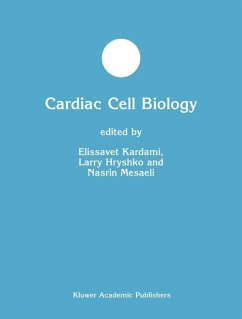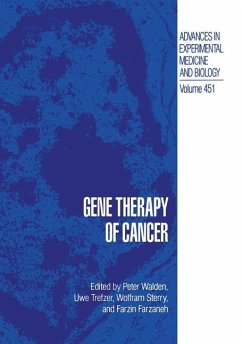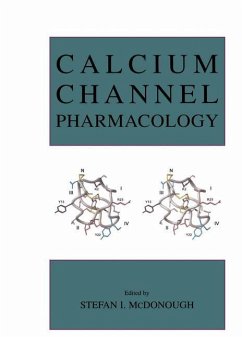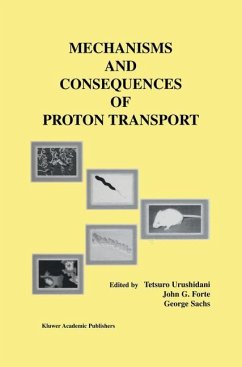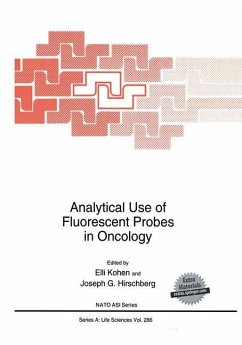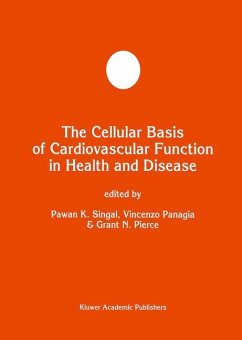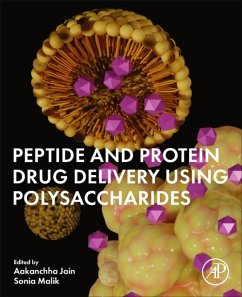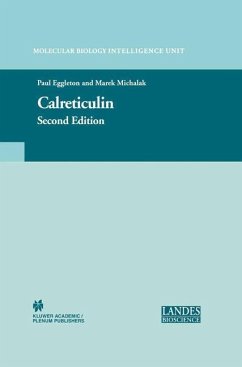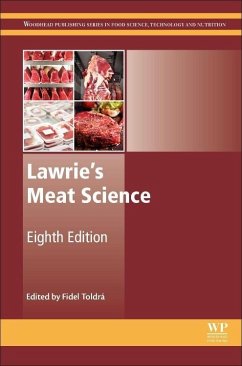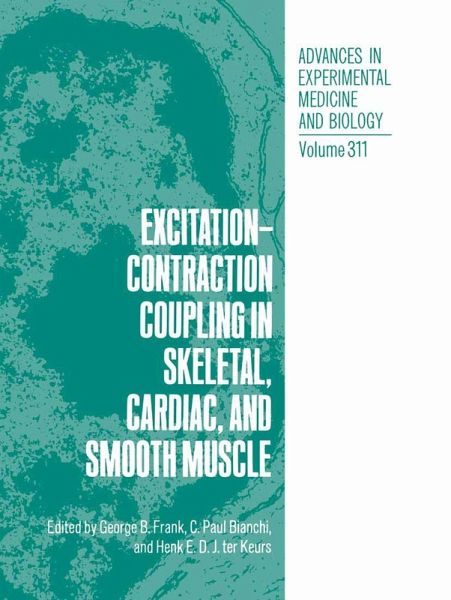
Excitation-Contraction Coupling in Skeletal, Cardiac, and Smooth Muscle
Versandkostenfrei!
Versandfertig in 1-2 Wochen
153,99 €
inkl. MwSt.

PAYBACK Punkte
77 °P sammeln!
The Third International Symposium on Excitation-Contraction Coupling in Skeletal, Cardiac, and Smooth Muscle, organized by George Frank, C. Paul Bianchi, and Henk E. DJ. ter Keurs, was held in Banff Centre, Banff, Alberta, Canada during June 26 to June 30, 1991. The theme of these symposia has been to recognize the similarities and dissimilarities of excitation-contraction coupling in skeletal, cardiac, and smooth muscle. Cross fertilization of concepts of excitation-contraction coupling in these three types of muscle has occurred since the early studies in the late fifties and early sixties o...
The Third International Symposium on Excitation-Contraction Coupling in Skeletal, Cardiac, and Smooth Muscle, organized by George Frank, C. Paul Bianchi, and Henk E. DJ. ter Keurs, was held in Banff Centre, Banff, Alberta, Canada during June 26 to June 30, 1991. The theme of these symposia has been to recognize the similarities and dissimilarities of excitation-contraction coupling in skeletal, cardiac, and smooth muscle. Cross fertilization of concepts of excitation-contraction coupling in these three types of muscle has occurred since the early studies in the late fifties and early sixties on skeletal muscle. Investigators in each field meet only at specialized symposia which exclude investigators in the other fields. The purpose of the symposia has been to bring together international investigators studying excitation-contraction coupling in skeletal, cardiac, and smooth muscle so that we may learn from each other and hence provide a more global concept of excitation-contraction. The Third International Symposia has accomplished its objective as we recognize that calcium channels of the sarcolemma and the sarcoplasmic reticulum play key essential roles in excitation-contraction coupling in all three types of muscles. In skeletal muscle the recognition that E-C coupling consists of two parallel mechanisms, one dependent upon a dihydropyridine voltage-sensitive sensors coupled to calcium release from the terminal cisternae via the ryanodine sensitive channel in the foot structure of the triad.



